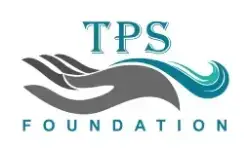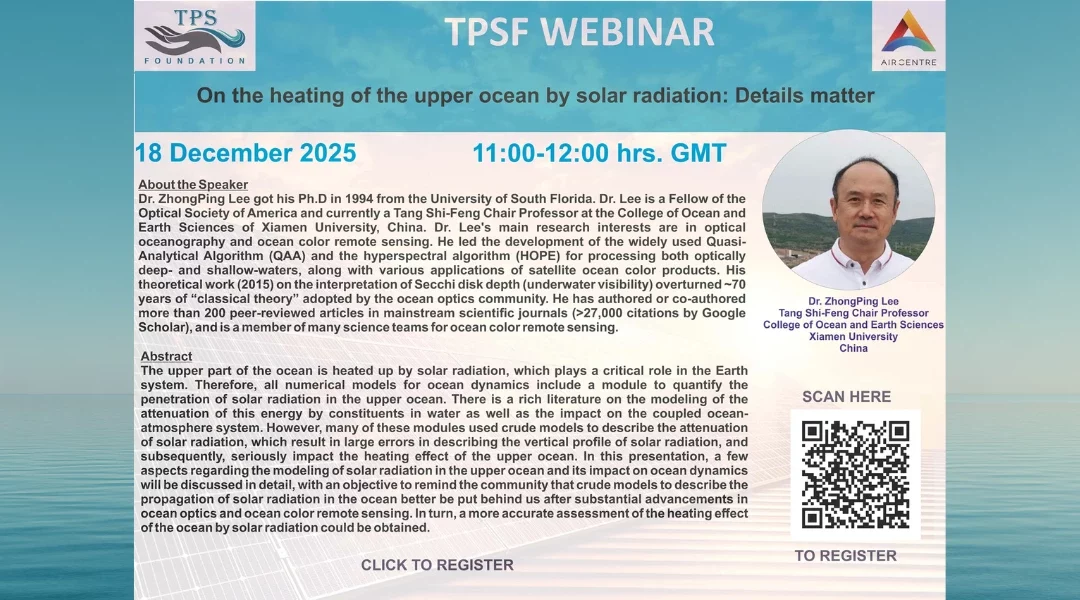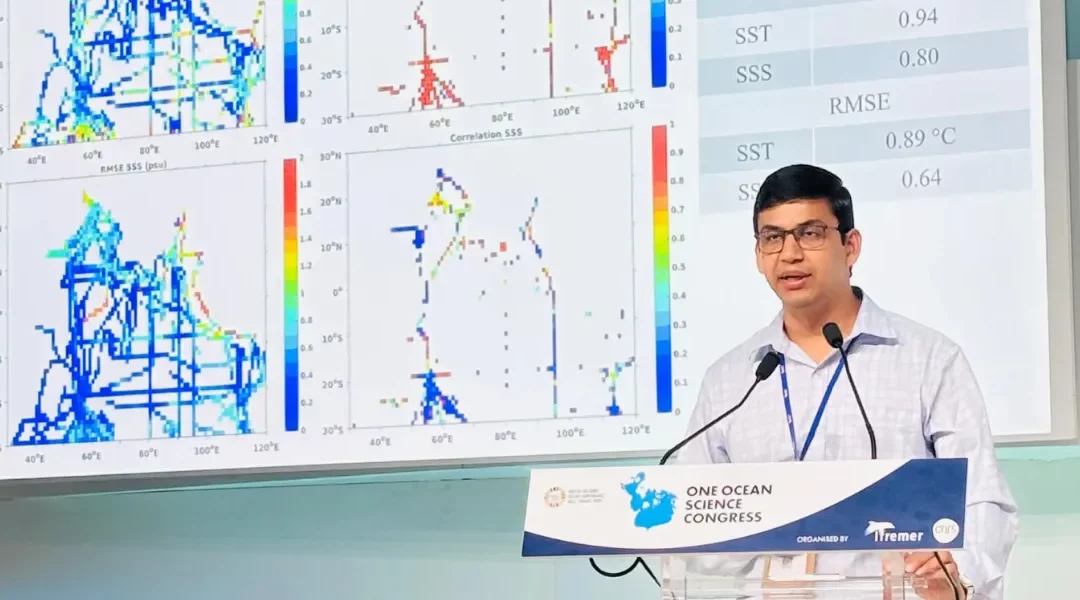Many major human pathogens interface with aquatic environments due to vectors, intermediate hosts or free-living stages requiring an aquatic habitat, or water being a physical vector for the movement of organisms and their contact with humans. As a result, the risk of many infectious diseases is higher adjacent to water bodies or water contact points, both in inland and coastal locations. Examples of diseases dependent on the presence of aquatic environments include free-living bacteria, such as Leptospira spp. and Salmonella spp., fishand snail-borne parasites, such as Ophisthorchis viverrini and Schistosoma spp., and mosquito-borne parasites and viruses, such as malaria, dengue, and Japanese encephalitis. Knowledge about the relationships between proximity to aquatic habitats, the nature of local aquatic habitats and other features of the natural environment, and infectious disease risk, can be used as the basis for building models to spatially predict risk. Spatial predictions can be useful tools for public health decision-makers to prioritize the allocation of disease control resources to locations where they are most needed. This talk will cover several examples of spatial modelling of infectious diseases dependent on aquatic environments, and the extension of these models to build tools that can inform more efficient and cost-effective public health interventions.
Register at https://us02web.zoom.us/webinar/register/WN_wGMT78HuS-uNRNIw3P7OHg#/registration
Date & Time: Tuesday, 27 June 2023 14:00 UTC


